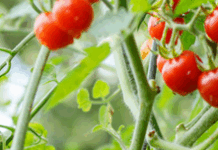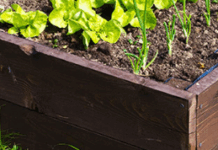So, in the past 9 months we’ve had a late hard freeze, little rainfall, and before this was the driest six month winter period since 1936? That is a lot of stress on plants!
This stress can take its toll. Environmental stressors such as drought, heat and cold are cumulative. In other words, trees can gradually weaken under continued stresses such as drought until they reach a point where significant damage or even death can occur quickly. Damage that occurred earlier may not appear until summer weather arrives. Plants may wither seemingly overnight. These trees probably died earlier but had enough food reserves to put out leaves and even to grow for a period of time. When the food reserves became depleted, the plants died suddenly. Be careful not to confuse this with feeding damage from May beetles or other insects.
May beetles will strip a tree of leaves rather than leave them wilted and dead on the plant. Healthy trees will easily recover from May beetle damage by throwing out a new set of leaves. Before any tree is cut down, check the twigs. Dead trees will have brittle, dry stems that snap. Live stems may break, but they won’t be dry. If the tree is still alive, give it time to put out a new set of leaves.
Recommendations: Trees that lose individual branches should have those branches cut out. Trees that are slow to leaf out need to be given extra care so that further stress is avoided.
If you suspect you have plants under stress, try to water them every few weeks if there is no rainfall. Trees should be watered to a depth of 12 to 18 inches if possible. Water from the trunk out to the edge of the branches. Though this will not reach all the roots of a tree, it will reach the majority of them. Trees normally have at least 80 percent of their roots in the top foot of soil. Use a dowel or metal rod to check the depth of water. The rod will penetrate moist soil easily but will stop when dry earth is reached. Shrubs should be watered to a depth of 8 to 12 inches. Check the depth of watering by pushing a wooden dowel or metal rod into the soil. It will stop when it hits dry soil.
By: Scott Eckert, County Extension Agent, Horticulture
K-State Research and Extension, Harvey County, PO Box 583, Newton, KS. 67114
K-State Research and Extension is an equal opportunity provider and employer.




